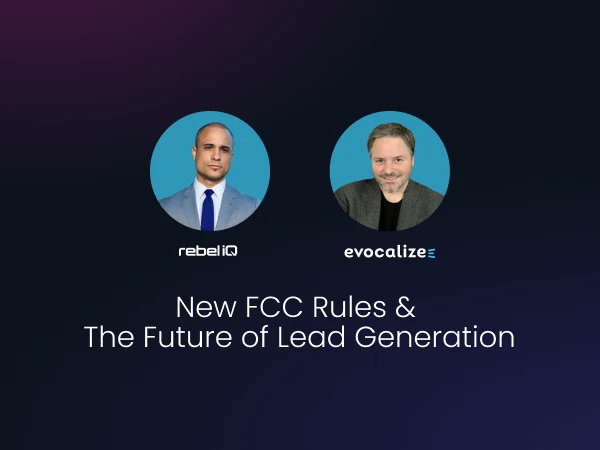Part 3: How franchises are leveraging generative AI for success
Evocalize’s sponsored webinar, in partnership with the International Franchise Association (IFA), delved into AI’s game-changing impact on franchising.
Led by Dan Monaghan, founder of WSI and current chair of the IFA foundation, the discussion explored AI’s evolution beyond predictions to generating new content. This innovation enables white-collar work scalability, enhancing efficiency, and creativity.
Engaging breakout sessions showcased real-world applications, highlighting how franchises are leveraging generative AI for sales process optimization, improved customer experiences, and operational efficiency. The prevailing message was clear: AI integration is vital for franchise competitiveness. Fostering learning environments and open dialogue emerged as key strategies, placing franchisors and franchisees at the forefront of AI adoption.
In summary, the webinar offered a comprehensive guide to AI’s role in franchising’s future, emphasizing responsible integration for a competitive edge. As AI-powered innovations reshape businesses, embracing transformative capabilities secures franchisors’ leadership in the evolving landscape.
Transcript
Justin Ulrich:
All right, well, what’s up everybody? And thank you for joining us for the third of three webinars around the use of AI in the franchise world. As a quick intro, my name is Justin Ulrich. I lead the marketing team here at Evocalize, where we work with franchisors to automate local digital marketing for their franchisees based on their local data.
We are the only platform that leverages AI to not only automate that paid marketing based on your local data, but to also optimize spend across Google, Facebook, Instagram, TikTok, YouTube, and more – all from one place helping franchises achieve the best results with their marketing dollars.
Today we have the pleasure of hearing again from Dan Monaghan, the founder of WSI, a digital marketing agency franchise system that he created back in 1995. Dan is a longtime volunteer leader at the IFA and the current chair of the IFA Foundation. Back at the IFA convention for those of you who attended in Vegas, Dan had led the IFA session on AI, which is one of the highest-rated and the highest-attended sessions of the show.
Based on the suggestions from the IFA franchisor supplier and franchisee forum around the importance of this topic, Dan will be taking us through part three of our webinar series discussing best practices around AI with the last session having amongst the highest registrations in terms of being the most registered for and the most viewed IFA recorded webinar – there’s a massive amount of interest in today’s topic.
We had a record breaker for episode one and then another record breaker for episode two. So here we are again, part three. Obviously, we’re really excited to get started. So with that, I’ll go ahead and turn things over to Dan.
Dan Monaghan:
Thanks, Justin and thanks to Evocalize for helping make this possible.
So welcome back everybody. This is our third and final segment. As Justin mentioned, today is really about learning from each other and some of the other smart people that we’ve got on in the session today. Some of the facilitators have been selected to lead some of the breakout rooms.
I’m going to cover off a couple of principles that we learned in the first couple of sessions. I’ll talk about some of the news and updates since our last session in July. And then we’re going to dive into breakout rooms, and then we’re going to come back together at the end of that 15 or 20 minute segment, and we’re going to share some of the learnings from those breakout groups so that we can all learn together. Then I’ll just close up with a few thoughts about the road ahead.
Recap of part I and part II
For those of you that missed section the part one or part two, you can access that through the franchisegpt.org site. That’s a site that we’ve set up to share resources across the franchise community. You can access that through the QR code there as well.
So let’s dive in. In part one and two, one of the big ideas just to understand was that generative AI, it’s not your mom or dad’s AI. Like this is not the old-school AI that’s been around for seven or eight years. This is a really new thing, and it is not just about spotting patterns and making predictions, it’s actually about generating new things.
And with text, we can write books and marketing content and create audios and videos and compose music and even write code. So this is now all possible through generative AI, which is really the technological breakthrough, is this concept of large language models. And so what this means is that for the first time ever, in the history of the world, we’re actually able to scale white-collar working.
In fact, each of us as business leaders, we’ve actually got a team of interns and analysts that are available working for free for us. That’s essentially what tools like ChatGPT are. It’s a law student, it’s an MBA student, it’s a medical practitioner, it’s a librarian. Like, it’s all these things. It’s smart people. It is like smart brains that are working for us for free.
So the question is, and what I’ve challenged you through these last couple of sessions to think about is, how will you use this new power that you have? Because rest assured, your competition is thinking about how they will use it.
And we need to ensure that we maintain and that we grow our competitive advantage for our franchisees and our franchise systems. So hopefully we’ll gain some ideas from each other in the session today.
New updates since the last session in AI
Just a few updates. Things are always changing and new things are happening.
ChatGPT custom instructions
Some of you are familiar with the way ChatGPT came out with custom instructions and what they did that in July, but what’s really important in the last week is this is now available to all of us, even on the free program. Okay, so what are custom instructions? You know, when we’re creating a prompt in ChatGPT, we give it a bunch of information, but there’s a way to give it information in advance where you don’t have to keep repeating that all the time.
So let me show you what I mean by that. If I go into ChatGPT and I go down to the three dots there at the bottom, I go into custom instructions. That top part there is where I can tell ChatGPT about myself. Like, here’s the company I work for, here’s the role I play.
So it’s giving me content that is most helpful in my role, but I then I can also tell it, here’s how I want you to respond in the future. And so here’s the custom instructions that I’ve given it.
- I want it to be highly organized, accurate, and thorough.
- I want it to cite sources wherever it can, which is great because I can click on those links and then see where it got that information from.
- I want it to provide information in a table format. I find that particularly helpful.
- I want it to be as long and detailed as possible, but that’s me. You might want it shortened, summarized.
- I don’t need it to keep telling me that I’m an AI, so I just tell it, you don’t need to disclose that to me.
- And because the power of generative AI is really thinking outside the box and helping us be creative, I want to remind it that the solutions I want are things that I might’ve otherwise overlooked.
So those are my custom instructions. You can come up with your own. But I encourage you to play around with custom instructions in ChatGPT.
How you can use Claude instead of ChatGPT
We talked about Claude.AI last month and remember ChatGPT is just one large language model. There are competitors out there. Meta has Llama, Google has Bard. But it’s generally accepted that Claude is the second most powerful large language model out there. Uh, and Google would like to think Bard is, but most of the tests show that Claude is.

And so I showed you that last time. There are some neat things you can do with Claude that you can’t do with ChatGPT. One of the things is that it can handle a massive amount of content. So you could literally upload a book and ask it to rewrite that book in the style of Hemmingway. Right?
But how do you actually do that upload? I’ll show you, and this is available in the free version of Claude. Okay. So let’s just go into Claude, claude.AI. This is by a company called Anthropic, and I just said, “Please summarize this call transcript,” and I just uploaded a transcript. Now, a lot of the tools like Fireflies and even Zoom today, they’ll all provide you call transcripts.
Well, there’s a lot of cool things you can do with call transcripts, and I just asked it to summarize the call, to highlight the key next steps that I should be aware of, but I could have asked it to do some analysis and whatever I wanted with that. But the key is you can upload files in the free version of Claude, which you can’t in ChatGPT. You need the paid version of ChatGPT.
Is ChatGPT getting dumber?
Let’s just talk about a little bit of the news. That’s been the buzz the last couple of weeks. There’s a question, “Is ChatGPT getting dumber?” You might have heard that. Rest assured. Generative AI is not getting dumber. There are certain functions that as they train ChatGPT to do, to become really good at some things.
It’s kinda like pulling on a string. You pull on one end, the other end moves as well. It’s not quite as good at doing some of the mathematical, analytical things that it used to do. That’s not why you use ChatGPT, right? That’s what you use a calculator for. That’s what you use Excel for. But in making it better at some things, it’s become worse at some things.
But directionally, AI will continue to get smarter. GPT5 is going to be light years ahead of GPT4. So these interns are, are becoming grad students. They’re going to keep getting smarter. But you may have heard of that in the past.
And by the way, they don’t even know why it’s doing that. Like they don’t even know why it’s maybe less smart than it used to be. It’s kind of like a neurologist trying to figure out why you’re thinking a certain thought. Like that would be really hard to do in the brain. The people who created these tools, they know how they created them, they taught them to learn, but they can’t actually explain how it’s doing what it’s doing, which is mind-boggling really. But this is something that they’re struggling with right now to try to understand.
Concerns around security with AI
You might have heard of some of the security concerns and it’s the number one question that comes out through these sessions that we’ve done is: what about security? And they’ve recently found out that AI can crack most passwords, 51% of passwords, in less than a minute.
And now this is not ChatGPT, this is just AI more broadly. So now is the time to be thinking about how we’re dealing with our own personal security, our personal, like information security passwords. It’s, it’s time to look at, actually go to ChatGPT and say, what are the best practices for updating my information security, and it’ll tell you what to do and what not to do with your passwords.
Are you ready for where the world of AI is going?
You might have heard that just last week it was announced that AI can actually determine what you are typing by the sound of your keyboard, right? So if you’re just listening in on the Zoom call and you’re typing, you might want to put mute on, right?
So the point is that many technologies that are very powerful also have a dark side. And as we explore the opportunities, we also want to keep our ear to the ground to recognize the threats of AI to our businesses and to the world. So, so it’s about continuing to learn in all of this that we do.
I think through all of this, you’ve probably asked the question, am I ready? And the question I have for you is, are you ready? Are you ready for where the world of generative AI is going? I don’t know about you, but I was raised on Looney Tunes, and in Looney Tunes those cartoons, there was that character, Wile Coyote, and he’d often find himself in difficult situations.
I would argue that many businesses in the months or years ahead, are about to have that Wile Coyote moment where all of a sudden they run off the edge of the cliff and they’re suspended above the valley of death. They just realized that they weren’t thinking about this and their competition was.
So, I think the fact that you’re on these calls over these last number of months and the fact that the IFA is committed to this education of the entire franchise ecosystem is a step towards ensuring that we have a competitive advantage against our competition.
You know, I would ask you, is your team ready? Have you begun this dialogue within your team talking about AI and ChatGPT? Is your team engaged in learning and experimenting and playing with these tools, sharing that knowledge amongst each other?
Then I’d ask you, are your franchisees ready? Are you leveraging the power of the franchise model?
Because as most of us know, many of the best ideas come from our franchisees. Whether it was the Big Mac, the Filet of Fish, the Quarter Pounder, Happy Meals, breakfast at McDonald’s, Ronald McDonald himself. These were all franchisee ideas, but the franchisor needed to cultivate that culture, that learning environment where we could foster those ideas and listen and learn from the franchisees.
But are we bringing the franchisees into the conversation? I can tell you yesterday I was sitting in an FAC meeting and the, and at the end of that meeting, the franchisees said over the two days, the most powerful part of that meeting was what we discussed around generative AI. And it wasn’t what I said about it, it was what they learned from each other about how they’re using it in the business to eliminate the admin, to expand the customer experience, to automate certain functions.
And some of them, quite frankly, had never logged into ChatGPT. Their jaws were hitting the table as they were looking at what some others are doing. So what are you doing to foster that discussion within your franchise system?
I was talking to the head of one of the leading speakers bureaus a couple of weeks back, and I was told that the number one area that they’re now getting from franchisors that they want speakers at their conventions on is AI because they want to be seen as a thought leader, as an organization and get their franchisees into that conversation.
How are you thinking about getting your franchisees up to speed?
If you’ve ever looked up in the sky and you see that flock of birds and all of a sudden they take a big shift, I think they call it that a murmuration. But the same thing happens at the aquarium, right? You see the fish all swimming along in a school and all of a sudden they pivot.
And I think as franchisors, we have to foster that kind of environment where we’re learning, we’re communicating, but we’re able to shift at speed. We all think about franchising as providing franchisees a competitive advantage, and in most cases that’s true, but it can also put our franchisees at a competitive disadvantage if the franchisor is not able to change and yet the franchisee is constrained by that operations manual.
Because remember, the local mom-and-pop unaffiliated with a franchise system, they can pivot. They can pivot very quickly. So our franchisees need to be able, and our system needs to be able to learn, grow, and change.
One of my favorite authors is Peter Senge, and he wrote a book called The Fifth Discipline, and in that book, he says that the only sustainable competitive advantage that we have today is the speed at which we learn.
So are we creating learning environments? Are our franchisees learning quickly from each other? And that’s what today is all about. That’s what we’re going to do, and we’ve structured today so that we can dive into that learning together, learning from each other. But as we go through this process, I’d also like you to think about this as a proxy for what could be done in your franchise system. Are you doing breakout groups with franchisees learning and talking about this together?
Breakout groups and learnings from how franchises are leveraging generative AI
So what I’ll do now is I’ll just pass it over to Lauren. And Lauren, if you can throw us into some breakout groups. What we’re going to do is we’ve got some questions here just to think about um, and, and share with each other.
So there’ll be probably six or eight people in each group. And, and think about and share how you’re using AI in your personal and business life, how your company’s beginning to look at it, how you’re thinking about it. Have you thought about how it’s going to affect the unit economics positively, negatively?
Just share some of those thoughts and maybe some of the tools you’re using in your business and maybe some concerns you have and how you’re thinking about that and get some feedback from others on that. So, let’s dive into those breakout rooms. We’re going to be in there for 15 or 20 minutes, and then we’re going to come back together and the facilitators will each take two minutes to share what they heard in their breakout group with the group more broadly.
————
Welcome back everyone. I hope that was helpful. Lots of great discussion in our group, but why don’t we kick it off and I’ll just kind of go around the horn with some of the facilitators I see on the screen with the “F” beside them. Mark, do you want to give us a quick overview, Mark Bates, on what came out of your group?
Mark Bates:
Well, we had six individuals in the group. Our experiences ranged from someone that was calling from a law firm and was really just trying to understand what the use cases were in franchising, trying to get somewhat familiar with it. Then we had a couple of individuals that were using it on a personal level quite substantially for looking at marketing material, crafting emails.
Beyond that, there were comments that 4.0 on OpenAI’s ChatGPT was more useful than 3.5 for generative. Some concern about privacy and whether or not putting private financial information in there for it to interpret was giving it away to the public domain and ultimately even some interest in using it to generate new brand and product ideas.
So our uses of it were across the board. They were not formalized necessarily within the franchise system. The uses were kind of limited. I’ll just use that word to the individuals trying to figure out what it was and how to use it, but a definite long-term interest in the product, the products, and applying it deeply within the space.
Dan Monaghan:
Thanks, Mark. Sean Goldsmith, do we have you from all the way in the Black Sea? Thank you for joining us and being able to make it.
Sean Goldsmith:
No, no worries. And I apologize in advance. I think my signal’s a bit dodgy, but it looks great from my side. So look, I think, Dan, to summarize the conversation that we had, I think that you know, there are some people that are using it.
But largely it is the sort of stereotypical story of hesitancy and also how to implement it because there’s a lot of information out there and you want to implement it, but how to implement it and who do you speak to, and all of that kind of thing was coming up.
So I think that there was a little bit of mistrust of the AI. When it came to content generation, sort of some of the stuff was being generated, but it’s always got humans taking a look at it. So, it’s the same conversation we’ve had with many, many, many people – the same typical problems with the adoption of AI.
Dan Monaghan:
Great. Thanks Sean. Patty, over to you.
Patty:
Thanks. So our group was definitely just starting to get into AI kind of earlier times. Some of them have yet to use the tools but are thinking about it. So we really talked about kind of favorite tools ChatGPT versus Bard versus Claude.
We talked about some image-generation tools. As well as some video AI tools. And really just kicked around the idea of what are the best prompts? How do I find great prompts? What are the best ways to use some of these large language models? So chatted around that, but it seemed like pretty early adoption in our group, which was great.
Dan Monaghan:
Great. Thank you. Let’s see. Robert Mitchell, what did you learn in the group?
Robert Mitchell:
Great. Thanks Dan. So we started off with the first question, which is how are you using it? And most of the people that are actually using AI or GPT4 are, it’s the typical fair, it’s the social media content, it’s the blog writing, it’s the ideation, it’s kind of getting an outline. And most of these people are marketing. That’s their role.
So it was about, we know how to write, but let’s just go a little faster at it. Let’s kinda get the ball rolling and I can be more productive and kind of, I wouldn’t say a 10X, but maybe a 5X kind of getting the ball rolling with content creation.
The next question I asked, I wanted to jump down to more of the franchisor specific question. I was kind of asking how do you see this impacting your business model for your franchise owners? And have you looked at it and currently nobody had looked at it. But most of the people in my group were home services brands, so people like, you know, painting and pool cleaning and things like, well, no, AI won’t affect that.
And so we kind of went through the ideation of like, well, maybe it will not affect and AI’s not going to clean your pool, at least not in this decade. Maybe in the future have a robot, right? But, the idea was that your competition’s ability to make their franchise owners more successful about being more accessible and operational support and training, that’s where you’re going to provide them where you have to compete with your competition. So AI may not be in these four walls but might be in their ability to get new customers or maybe be in their marketing efforts.
So if you aren’t doing that for your clients or your franchise owners now, and your competition is, they’re going to be able to give the same product at a lower price. They are more efficient. So be thinking about that. It was what we kind of got to is that it isn’t just about AI replacing your franchise model, but it’s about replacing things that make you a better franchisor.
Dan Monaghan:
Great. Thanks Robert. Cheryl Baldwin, what did you learn in your group?
Cheryl Baldwin:
Hey. Yeah, we had a great conversation in our group. I think we’re kind of similar to others. Some still just getting into it. Some, maybe even feeling a little behind just based on the conversations that are happening. Most of us in the call, a lot of them just focusing really in on ChatGPT.
But kind of three things we really kind of talked on. We talked about how we’re experimenting right now on optimizing efficiency within the business, so marketing, yes, content operations, using it for analysis of data, but also looking into how we can optimize even things like our time spent on tickets and building AI into that process.
We also had Angela in our group talked about how she’s using and thinking about using AI to actually improve older content she has. Taking some really great evergreen webinar content she has and modernizing it through AI video tools so that they can see that it’s a little bit more updated.
And then overall we talked a lot about just AI education with the franchisees. Some of them have seen early adopters, but a lot just, you know, depending on the demos, need to be more proactive. We talked about incorporating AI as a topic on calls that you have with your franchisees. If you have network-wide calls, having a dedicated segment there, showcasing use cases, and even just simplicity of the leadership team starting to talk about AI more with their franchisees.
Because if you start talking about it more, Angela’s mentioning in our group, it’s shown that the team itself is on top of things and that those proactive questions are now coming from, because it’s a topic that franchisees feel comfortable discussing with the team itself.
So concerns around privacy like everyone else has, as well as some general fearmongering still. So we talked about really establishing those dos and don’ts with your franchise group as a next step if you’re still starting out.
Dan Monaghan:
Great. Thanks, Cheryl. Nick, pop, over to you.
Nick:
Yeah, absolutely. We had a very lively group that had a bunch of people and individuals that have already done quite a bit in their organization.
So one of the things that I always love though is that feeling of like, well, we’re not that far ahead yet. And it was like, I guarantee you what you all are doing, you are absolutely ahead of the curve here. So you know, multiple people brought up AI policies that have already been implemented inside their business as well as, you know, how do I get started on that AI policy, which I leveraged some of the tools.
I know that that information is available. You spoke about it last time, Dan. Really what was most impressive is, pretty much all of these formed from the ground up about how are you getting involvement from your organization. It really started with franchises, shareholders, employees speaking up, talking about the value that came through there, and then really from them forming task forces about how they can implement it.
So we heard examples of improving sales processes, HR job descriptions, how they’re planning on rolling out educational trainings across the board at their different conferences and their different attendees, how that’s a huge ask that’s coming from the bottom up.
And ultimately, really one of my favorites was a contest that they ran organization-wide to come up with the best use cases for that. It’s a great way to really share and get employees inside your network excited about this as well as like you mentioned, Dan, some of those best ideas come from those franchisees. So I really love that idea of creating a competition for the best ideas.
Last but not least, outside of security, which is huge for everyone, and that’s the overarching concern. I think we’re hearing across the board is really around, “How do you also talk about usage and authenticity inside your organization?” Right? And really the importance came back to educating employees that there should never be a copy and paste that you are just sending out, right? You still need to have – the dragon needs a rider for these type of things, and ultimately to disclose that you are using AI.
And one of my favorite parts that came out from that is to encourage that don’t feel shameful that you’re doing this in any way, shape or form. This is a tool to use. So I think really making sure the right behaviors and mindsets were behind this to really drive and encourage this growth.
Dan Monaghan:
Right. I love it. I love that “dragon needs a rider”. So let’s pass it over to Justin. What can you tell us about what came out of your group?
Justin Ulrich:
I feel like in our group we a lot. We had contest ideas was something that was great. What I liked though, is that this is a contest around coding and it was kind of like doing a hackathon around how can we leverage AI to develop new features and functionality within product as well as use it for QA testing.
ChatGPT was used for a lot of the same things, job descriptions, creating blog posts, and stuff like that. What was interesting though is we talked about garbage in, garbage out, and feeding it the right information with your blog posts and or any content that you’re creating for that matter – want to make sure that you’re able to educate ChatGPT with regards to what your company does before you just set it off the races.
So a way you could do that is to upload all of your content, previously written blog posts to help give it a sense of your tone and voice and the messaging behind what it is you’re trying to say before you just before you let it go.
Another cool thing was we talked a lot about regeneration and how you’re able to leverage something like ChatGPT to rewrite things in different voices, to appeal to different audiences. So to your franchisor, and you’re talking to franchisees who are very tech savvy, you’re going to speak about things differently than, than those that maybe are not very tech savvy at all.
So you want to be able to identify your personas of who you’re talking to and informed ChatGPT before you started having it. Right? One of the key tips I thought was also pretty cool was around asking or telling ChatGPT what it is that you’re going to use it to do, the content you want it to create, but before you have it, create that “ask me 20 questions that will help educate you around my organization and the things that you need to know to bet more effectively. Write this piece of content.”
Dan Monaghan:
We’ll move it on to Michelle Morris. Take it away.
Michelle Morris:
Thanks, Dan. We had a great conversation, similar in concept of the group. Some just starting to get into it, using it more personally, others really starting to integrate it into the brand.
We also had some conversations about putting policies in place, guidelines of sort of dos and don’ts for franchisees.
One tool that I thought was really clever for one of the brands, they’ve sort of built an internal model of ChatGPT, so their own version. So it’s then safe for franchisees to put proprietary information and that type of thing in there.
They can kind of then go in and use that for content creation, for whatever that might be as well as the staff at that brand as well.
Also we talked about sort of next plans of being able to take – and I think this was in one of your webinars previously as well – all of the content that we have as a franchisor in terms of training and how-to guides and webinar recordings and being able to build something that a franchisee can just ask a question and it’s taking all of our knowledge as a franchisor and giving them those answers really quickly, which can help from the operation side of things in reducing tickets and that type of thing. And just franchisees getting answers much more quickly.
And then we also talked about coaching, sort of feedback for franchisees, being able to put call transcripts through ChatGPT. When we are listening to call recordings, it takes X amount of time. There can only be so many we listen to. ChatGPT can take all those transcripts and listen to all of them in one go and provide more robust feedback on that. And that could be used for call recordings, but also chat transcripts and that type of thing as well.
So lots of really great use cases that we talk through there.
Dan Monaghan:
Great. Thanks, Michelle. Fletcher, over to you.
Fletcher Stubblefield:
Yeah. Thank you. And first of all, just what a great and insightful conversation. It was super interesting to hear the perspective in our group. We had everybody from fran-dev and consultants to law firms to childcare, to assisted living.
I mean, we really covered the spectrum of different potential use cases for this technology. And there were two points that really stood out, and the first one was a general concern for a lack of a human element. So getting it to sound as if it has that human personal touch. So there was a discussion around some of the ways to try to get better responses, to get that more sort of human touch to the response.
We had a pretty sophisticated group of users. Pretty much everybody in in this group had been using the tool, had been using AI for a while and really sort of testing the limits of what they can do.
And then the second point that really stood out in our group was, “how do we generally think about as a business planning for the use of these tools, right?” How can we plan not just to use them, but how can we plan training schedules? How can we plan to train the rest of our teams because the industry is changing so fast. If the technology itself is 10Xing every year or every quarter or whatever, you know, insane growth rate that it has. How are we ever going to plan to not just use, but then to educate the rest of our teams about how to use and incorporate these tools in this technology as well, which I thought was a really, really interesting discussion.
A couple of other things that stood out some of our users have already been testing the sort of results they get with outbound demand gen and lead scoring based upon copy written by the AI versus copy written by hand with some real significant increases in performance metrics too with those that are really using the tool and investing the time to prompt it and learn.
So I think that’s a takeaway that the larger group can have as well, is that some of our colleagues here have really powerful proof points in sort of the increase in results and ROI that you can get from really learning and taking the time to use these tools.
Dan Monaghan:
Thank you. Did I miss any other facilitators?
I think we’ve covered ’em all, except for me. So I’ll say in my group a lot of the similar discussion, franchisors, looking at highlighting this at their upcoming convention as a topic tools. Canva was mentioned which I think ties nicely into various AI tools.
Code writing. I mean, I tell you when you get coders using – don’t assume that your coders are actually using this, whether that’s ChatGPT or GitHub’s co-pilot. Just because they’re technical people doesn’t mean they’re using this. And all of a sudden I’ve had to push the team and all of a sudden they start using it and it’s mind blowing kind of a five to one efficiency quotient there.
Then using an internal large language model to be able to put your own data in that inside your own firewall is what one of our group members talked about. Just to keep the data protected and train it with your own data. And that’s going to be happening with some of the open source models like Meta’s, Llama. You can just run that internally off a little computer inside your firewall.
Wrap up: The future of AI
So some very cool applications. So I’m going to just dive into closing it up here. And this is what we look to achieve today was some learning across the board with all of us, but it really is just beginning.
Let me just share my screen and show you a couple of things that are kind of cool. So the point that I want to just remind everybody of if I can get this moving, we’ve gone through the shared learning is AI is not just about ChatGPT. In fact, AI – it’s not just about white-collar working and all the things we can do within our businesses.
We need to think of some of the blue-collar applications because when we take traditional technology and we power it with AI, it opens up a whole new realm of possibilities. And in franchising where we are so labor intensive, there are huge opportunities in the years ahead.
Now many of you may have heard Elon Musk is launching a robot, the Optimus robot, and his goal is to have this robot within the next year released to the market for $20,000. I don’t care if it takes two years and it’s $40,000. The reality is that this will be highly disruptive. And when you take the potential of that kind of robotic technology and you blend together generative AI, where a system like that can have a human-like conversation with a level of intellect that’s beyond many humans.
That’s where the world is going. What will that mean for our businesses, for society, for the world more broadly because this is where things are going. And it’s not just Elon Musk. There’s a whole range of companies that are all in a race to get across the finish line on AI-driven robotics. And one of those companies is a Canadian company Sanctuary AI.
And I’ll just leave you with this last 60 seconds. In 60 seconds, you’re going to see 60 different use cases of how a robot like this could be used. And I’ll just challenge you to think about: “Is there anything in your business, in the way your business operates, or the unit economics that could be impacted by any of these use cases?”
Let’s just take a look.
So that’ll kind of get you thinking about some of the possibilities and you might have had some ideas about how that could impact your business in the years ahead. And this is coming out in the next year. So anyhow, just in closing, we’ve come to the end of the three part series here, but the journey is really just beginning.
Just as a reminder, we have the franchisegpt.org site, which is a whole range of resources for you: recordings of these sessions, all kinds of tools, there’s a section on there where you can join the AI Practitioners group, which is free round tables.
To keep this community and this conversation going, into September and beyond, we surveyed a lot of you that signed up for this and we find that people want to do it about once a month. So we’re going to do this on a monthly basis. Feel free to join us with that and keep the conversation going as I said.
If I can be helpful in any way, feel free to reach out to me on LinkedIn or send me an email. And I would like to thank everybody for joining us in this series, and especially thank Evocalize for your sponsorship and participation in this and for the IFA for being insightful enough to realize the power of this across our ecosystem to provide all of our systems with a competitive advantage.
So look forward to keeping the conversation going with all of you in the months ahead. Thank you.
Trusted by 1,500,000+ franchisees and local operators
Empower your franchisees.
Drive real local results.
Not every franchisee on your team is a marketing pro — yet.
Let’s change that. Reach out, and we’ll show you how!

